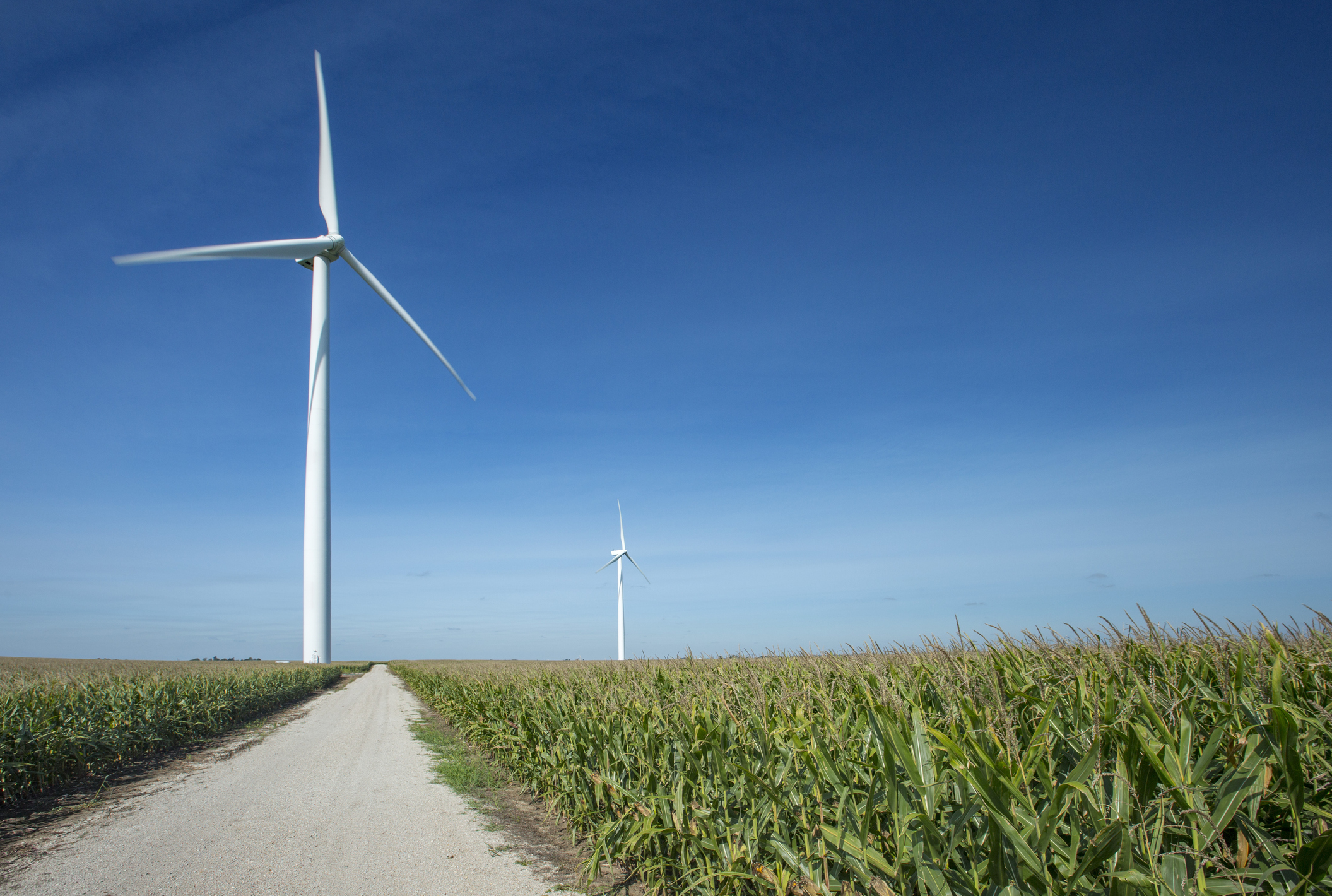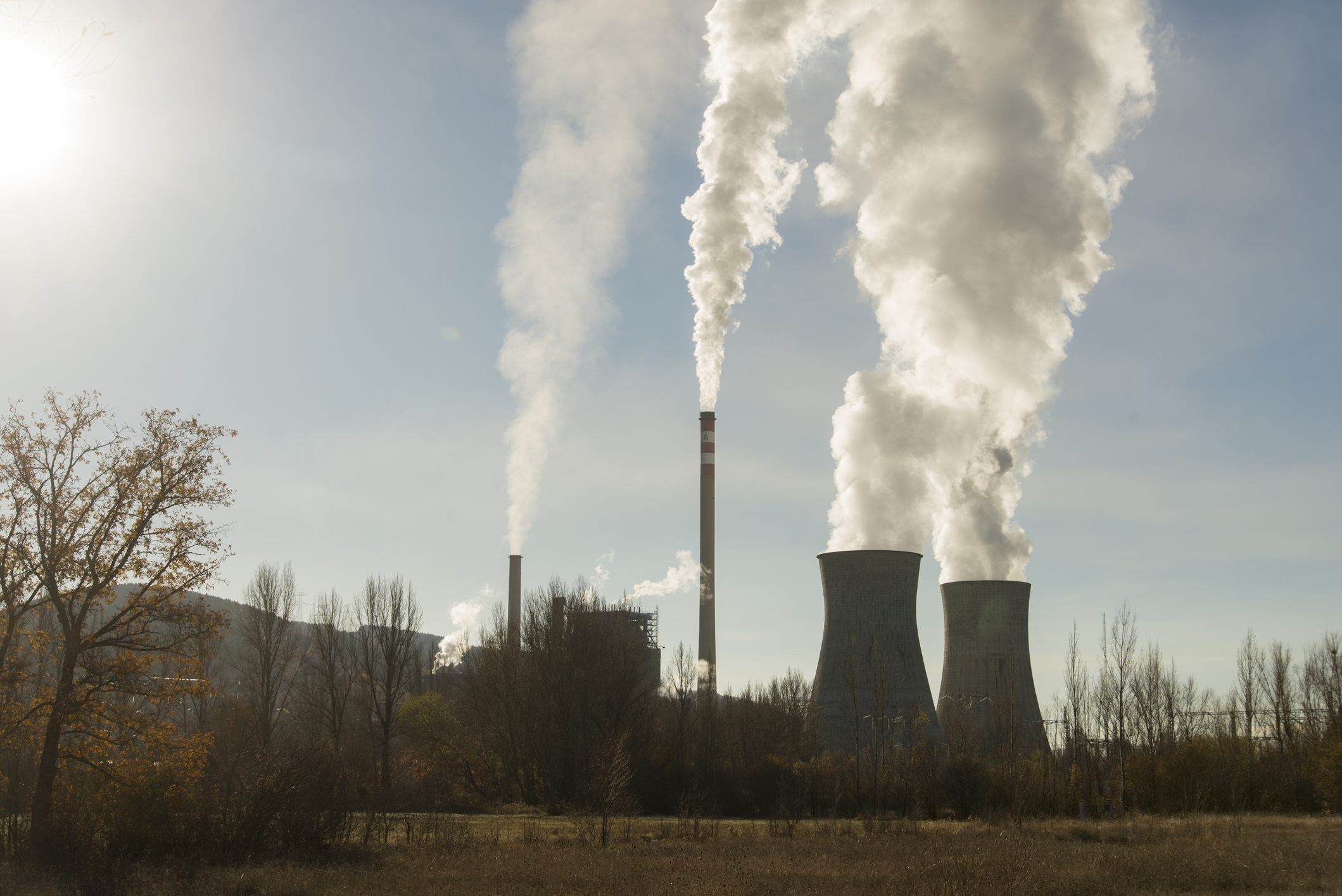Carbon footprint needn't just be a scary buzzword: how to calculate yours, and lower it, too
The more you know, the more you can help stop the climate crisis. Boost your eco knowledge with help from our experts.

The more you know, the more you can help stop the climate crisis. Boost your eco knowledge with help from our experts.
You've likely heard the term carbon footprint bandied around about the same amount as sustainability, plastic-free and food waste.
But do you really know what it means, how yours adds up, what that means for the planet, or how to reduce yours and live more sustainably?
We're guessing the answer is no, and we don't blame you. It's confusing, which is why we've enlisted a team of eco-experts to help educate you. In this handy guide, they'll explain what your carbon footprint is and the most recent science and stats on why reducing yours is so important. How to be more sustainable never looked so simple.
Know that you can make a change - it's all in the small steps. Keep reading for some expert-led pointers from Yogesh Bali, founder and CEO at Nothing Wasted, Marcus Lima, co-founder of Reduce My Footprint, and Jo Furtado, Senior Climate Policy Advisor at WWF-UK - and don't miss our guides to the benefits of organic food and avoiding fast fashion, while you're here.
What is a carbon footprint?
Your carbon footprint is essentially how many greenhouse gases you, personally, have added to the atmosphere. You might think you don't use any, but sadly, many of your day-to-day habits do. Think about the way you travel, the amount of energy you use at home, and what food you eat. Planes emit CO2, boiling the kettle omits CO2, and farming meat omits CO2. Yep.
Bali breaks it down further: “At its most basic, your carbon footprint is the number of greenhouse gasses (that can be carbon dioxide, nitrous oxide, methane and more) you produce when doing something. These are then converted to a single unit of measure, known as CO2 equivalent."
Marie Claire Newsletter
Celebrity news, beauty, fashion advice, and fascinating features, delivered straight to your inbox!
Basically, everything burns greenhouse gases, and greenhouse gases are bad because? Well, according to National Geographic, the sheer amount we're producing is ultimately causing irreversible climate change damage.
Lima says: "Because of our ever-accelerating consumer patterns, practically everyone has some negative effect on the warming climate or the sustainability of our planet. That sounds daunting, but there are simple steps you can take to reduce your carbon footprint without affecting your quality of life."
But more on that later.
What contributes to having a high carbon footprint?
May sound obvious, but actually, it really isn't.
Figuring out what in your life is adding to your CO2 emissions can feel like a minefield, so we asked our experts for the top three bad guys when it comes to greenhouse gases. Their top three answers, unanimously?
Transportation
If you fly and drive everywhere, it's time to reassess. It's the number one contributor to harmful CO2 emissions.
Household electric items
Seems obvious, but we may not think about it as much as we should. "Electricity we use has a high carbon footprint, so having your hairdryer on for a long time will add to your carbon footprint, for example," explains Lima.
What you eat
All three experts agreed that eating meat in moderation is fine, but that, in general, we eat too much, both for our carbon footprint and our health. Check out our guides to sustainable eating and veganism, while you're here.

How do you calculate your carbon footprint?
The easiest way to calculate your carbon footprint is to use handy online calculators, like this one at Carbon Footprint or similar alternatives at WWF and My Footprint app.
Fun fact: you can calculate a carbon footprint of an individual, activity, event, product, service, organisation, country, area or group of people. Jonathan Gilmour, founder and director of Carbon Choice Limited, adds that your carbon footprint is actually a fairly simple calculation of the total greenhouse gas emissions you've released into the atmosphere.
"A carbon footprint is expressed in the unit’s kg CO2e which tells us how much carbon dioxide equivalent has been produced. The E for equivalent is needed because there are 7 greenhouse gases, but we measure them all in relation to carbon dioxide," Gilmour explains.
If you'd rather do the maths yourself, Gilmour advises using the following formula - simply add up the amount of scope 1, 2 and 3 carbon emissions being used.
- Scope 1: Direct emissions from activities you have control over e.g. emissions from the vehicles you drive. - Scope 2: Indirect energy emissions e.g. emissions from the electricity you buy. - Scope 3: Other indirect emissions that are not S2, e.g. emissions from waste disposal or products that you buy.
Why is having a high carbon footprint bad?
Pretty much everyone has a high carbon footprint, and so there's nothing you can do about reducing yours, right? Wrong.
"Sure, some people have higher footprints than others," explains Lima. "But having a high carbon footprint essentially and doing nothing about it means you are contributing more to some of the major long-term problems we face, including climate change and sustainable living."
Having a carbon footprint is inevitable, but there are steps you can take to reduce it, he shares.
Like?

11 easiest ways to reduce your carbon footprint
1. Become aware of your carbon footprint
"This prompts you to think about whether you live an especially emissions-intensive lifestyle or not," shares Lima.
2. Switch to a green or renewable energy tariff
You can do this via your energy supplier or a price comparison website. "There are companies out there that source their energy from renewable sources which can limit your carbon footprint. The Ethical Consumer has a table which shows these companies in an easy table format," shares Bali.
3. Use a green search engine
Ecosia, for example, plants trees when you search the web.

4. Cycle rather than drive
“More than 20% of all journeys in the UK are less than 2 miles,” shares Furtado.
"Start with the small things, like cycling to buy groceries every day, rather than driving," shares Lima. Yogesh agrees, adding: "Even using public transport or carpooling where possible is better than nothing."
Top tip: take some time to plan your journey when out so you can optimise your route to get everything you need in a single trip without having to go back on yourself. This will also save you time and money.
5. Buy local
You have huge power over your carbon footprint simply in the choice of things you buy, the pros share. By buying things made locally, you eliminate the need for large manufacturing and supply chains.
6. Eat less meat
Did you know? Meat and dairy have the highest carbon footprint of all food types, shares Furtado.
Try and substitute meat and dairy where possible for a vegetarian or vegan diet. Sourcing organic meat will help, to an extent, but reducing your meat and dairy intake is ideal. "Even if this is only twice a week to start with. There are lots of alternatives in the market now at affordable prices and some fantastic recipes that will make your experience that much better", shares Bali.

7. Switch off the lights
"Even if the appliance isn’t on it, is still using electricity on standby," explains Bali. Doing this will not only help reduce your CO2 usage but will save you money. Win, win.
8. Bank with a green bank
Again, sounds obvious, but you'd be surprised how many don't.
9. Educate yourself
Use sites like Carbon Choice to learn about your carbon footprint. "It'll help you start to make carbon-conscious choices when it comes to what products you buy, what food you eat, how you travel and how much energy you use in the home," explains Gilmour.
10. Waste less
This one’s important. “Around 30% of food produced does not get consumed,” shares Furtado. This not only means that we use a lot more land than we should for agriculture but also cause 8 to 10% of global greenhouse gas emissions.
Wasting less can mean eating all of the food on your plate, binning less produce and making sure to use it before its sell-by date, and investing in clothes rather than one-wear pieces, too.
11. Offset your carbon emissions
Finally, you can actually take responsibility for the CO2 you're omitting, explains Lima.
"While studying at Oxford University, we discovered that there was a way to take responsibility for your carbon usage. How? By paying to remove the equivalent amount of carbon dioxide from the atmosphere," he shares.
Carbon offsetting has become a quick, easy and cheap way to offset your CO2, but shouldn't be used as a way to justify living an excessively high carbon footprint lifestyle.
"Planting trees is the number one thing we can do to reduce our footprint - they are nature’s way of fighting climate change and healing our planet," the expert shares.

Ally Head is Marie Claire UK's Senior Health and Sustainability Editor, nine-time marathoner, and Boston Qualifying runner. Day-to-day, she heads up all strategy for her pillars, working across commissioning, features, and e-commerce, reporting on the latest health updates, writing the must-read wellness content, and rounding up the genuinely sustainable and squat-proof gym leggings worth *adding to basket*. She also spearheads the brand's annual Women in Sport covers, interviewing and shooting the likes of Mary Earps, Millie Bright, Daryll Neita, and Lavaia Nielsen. She's won a BSME for her sustainability work, regularly hosts panels and presents for events like the Sustainability Awards, and is a stickler for a strong stat, too, seeing over nine million total impressions on the January 2023 Wellness Issue she oversaw. Follow Ally on Instagram for more or get in touch.